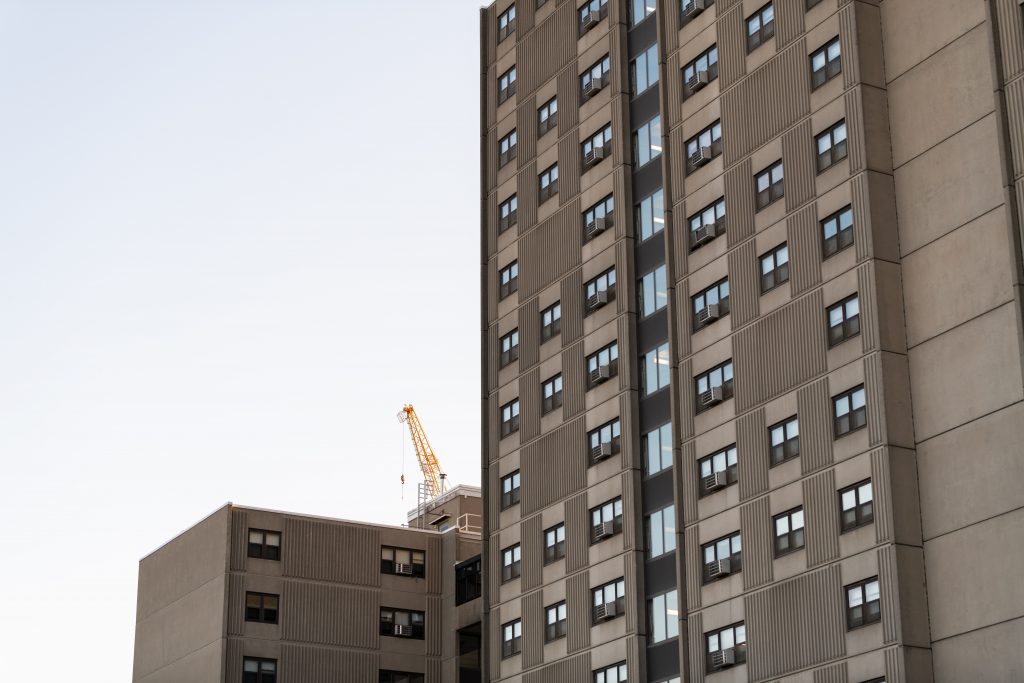
According to a recent announcement, Landlords will be given the power to evict unruly tenants, despite the proposed abolition of the section 21 ruling.
There has been concern between Landlords following the discussion to get rid of the section 21 ruling, with Landlords concerned that they will have less control over their properties and not be able to evict tenants who breach their tenancy agreement.
Section 21 recap
In 2019, the UK government announced that Landlords would no longer be able to evict tenants without a legitimate reason under the new Renters Reform Bill. This decision was met with significant opposition from landlords, with 84% of them against the ruling, according to a National Landlords Association survey.
Landlords were concerned that this would make it more difficult to deal with tenants who were not paying rent, causing damage to the property, or violating the terms of their tenancy agreement.
Good news for Landlords
The good news is that Landlords will be given more power to evict tenants under Section 8 .
The proposal is that this will be achieved through the introduction of a new model tenancy agreement, which could allow Landlords to evict tenants without providing a reason after four months of the tenancy.
This means that Landlords will be able to serve notice on tenants more easily and quickly, ensuring that their property is protected.
Eviction restrictions
This power to evict will come with restrictions; Landlords will not be able to use this power to evict tenants who have raised concerns about the condition of the property or have made a complaint about the landlord.
Additionally, Landlords will still need to follow the procedure for eviction, including providing the tenant with the correct notice and obtaining a court order.
The introduction of this power to evict is positive news for Landlords. This will give them more control over their properties and allow them to take action when necessary. However, there are some potential negatives to consider. Some tenants may be concerned that this power could be abused by Landlords and lead to unfair evictions. It will be important to ensure that the correct procedures are followed and that tenants are treated fairly.







